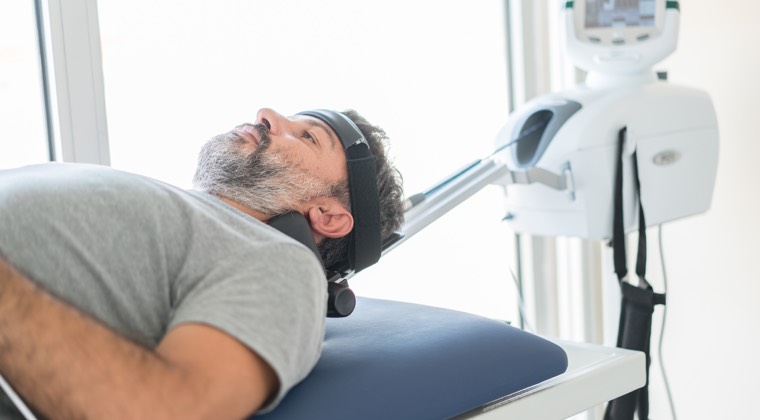Braces
How do braces work?
Treatment programs and braces will vary depending on the condition, type of injury, severity, and goals for the patient. Braces come in various types and sizes. A physical therapist will assist you in finding a brace that fits comfortably and helps the injury or condition.
What other names might this go by?
Orthoses
What to expect
Though bracing for chronic pain conditions is very limited, there are very specific instances in which it can be beneficial in very short episodes of use. Specialists will examine and evaluate your needs and also take into consideration your medical history and physical condition. After evaluation they will find a brace that fits your needs and abilities or they will have to design and fabricate one just for you. When wearing a brace, you should expect a reduction of muscle tension and pain, improvement in posture by redistributing weight, improvement in pressure points, better alignment for better healing, and increased function during activities. A brace is able to reduce range of motion during the healing process, reduce pressure on boney structures, and add stability to local joints.
Potential Risks
A brace might make a patient solely rely on the brace and cause muscles surrounding the joint to work less efficiently. Braces can be useful to remind patient to use muscles, but long-term use of braces is not advisable.
Resources: https://www.uofmhealth.org/conditions-treatments/rehabilitation/orthoses

